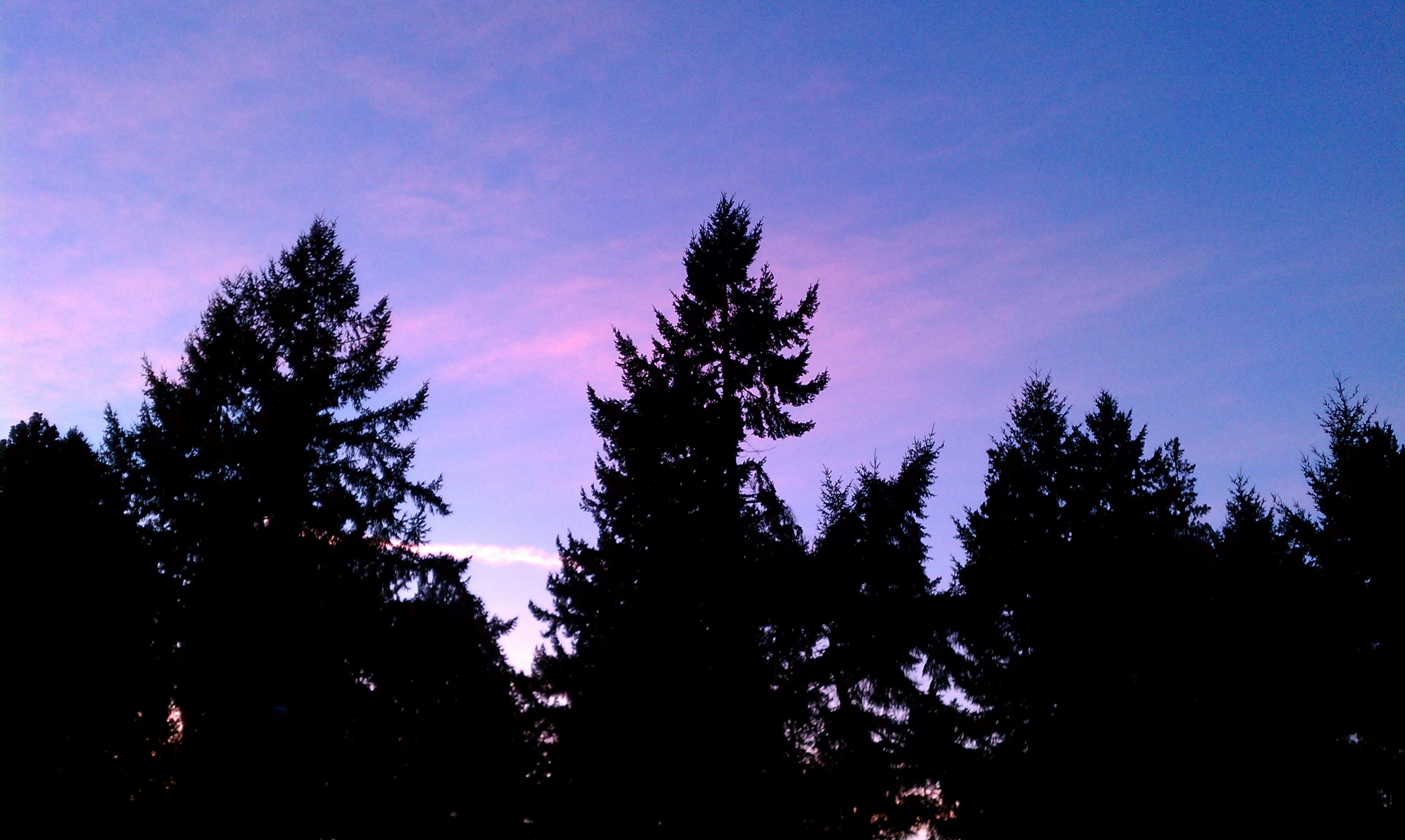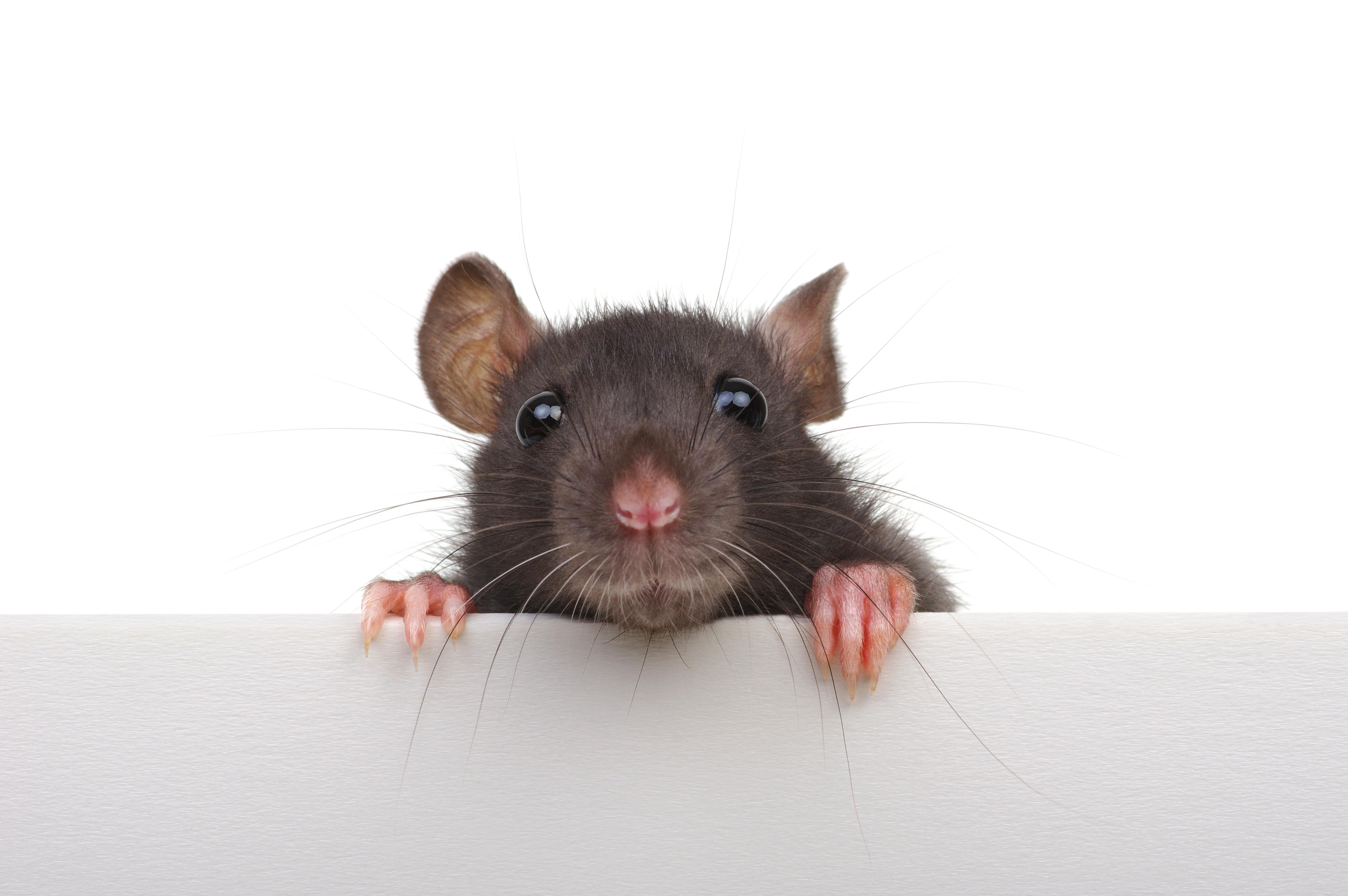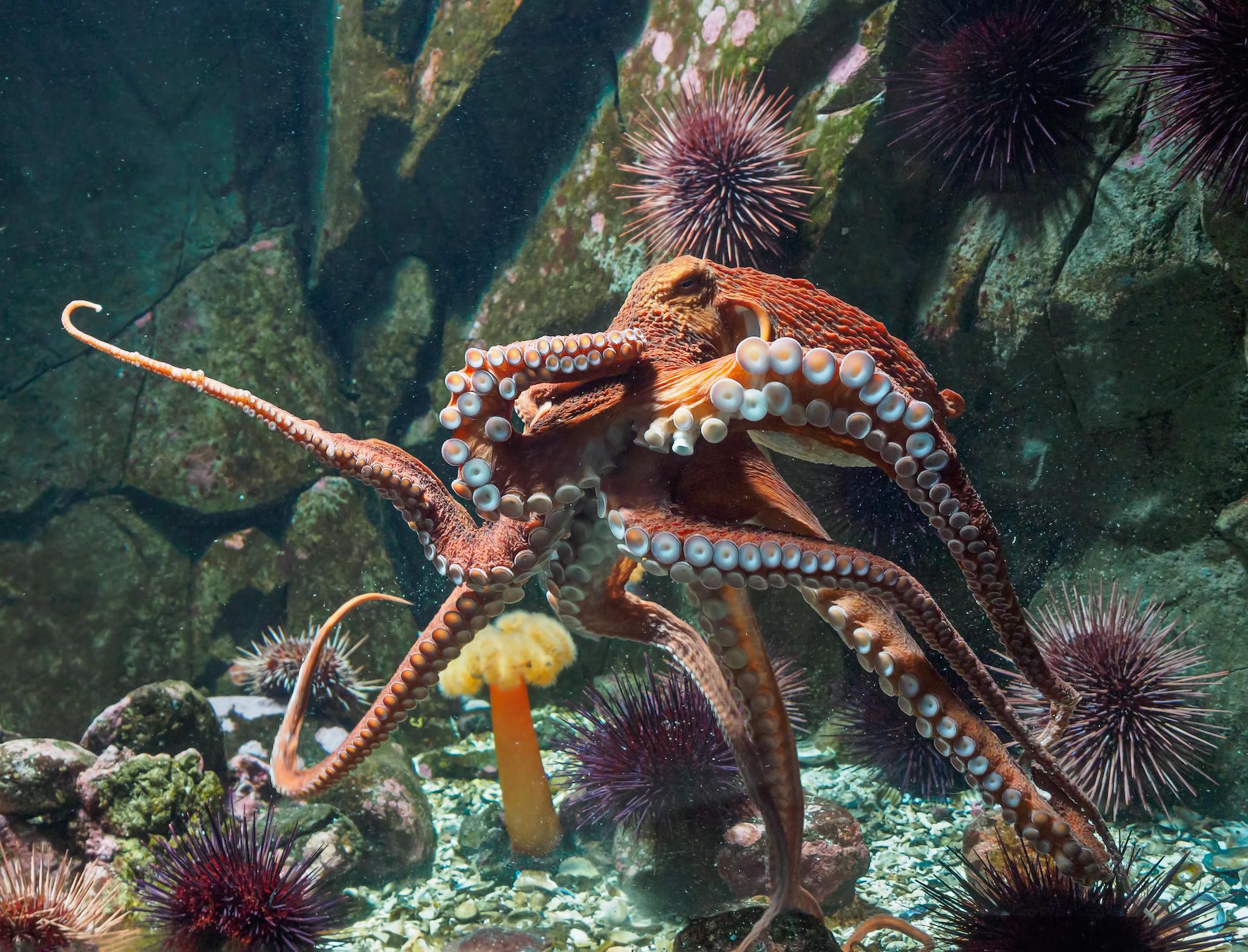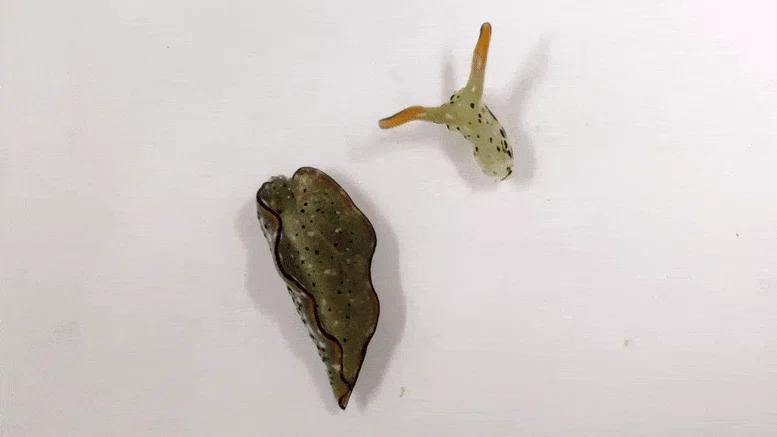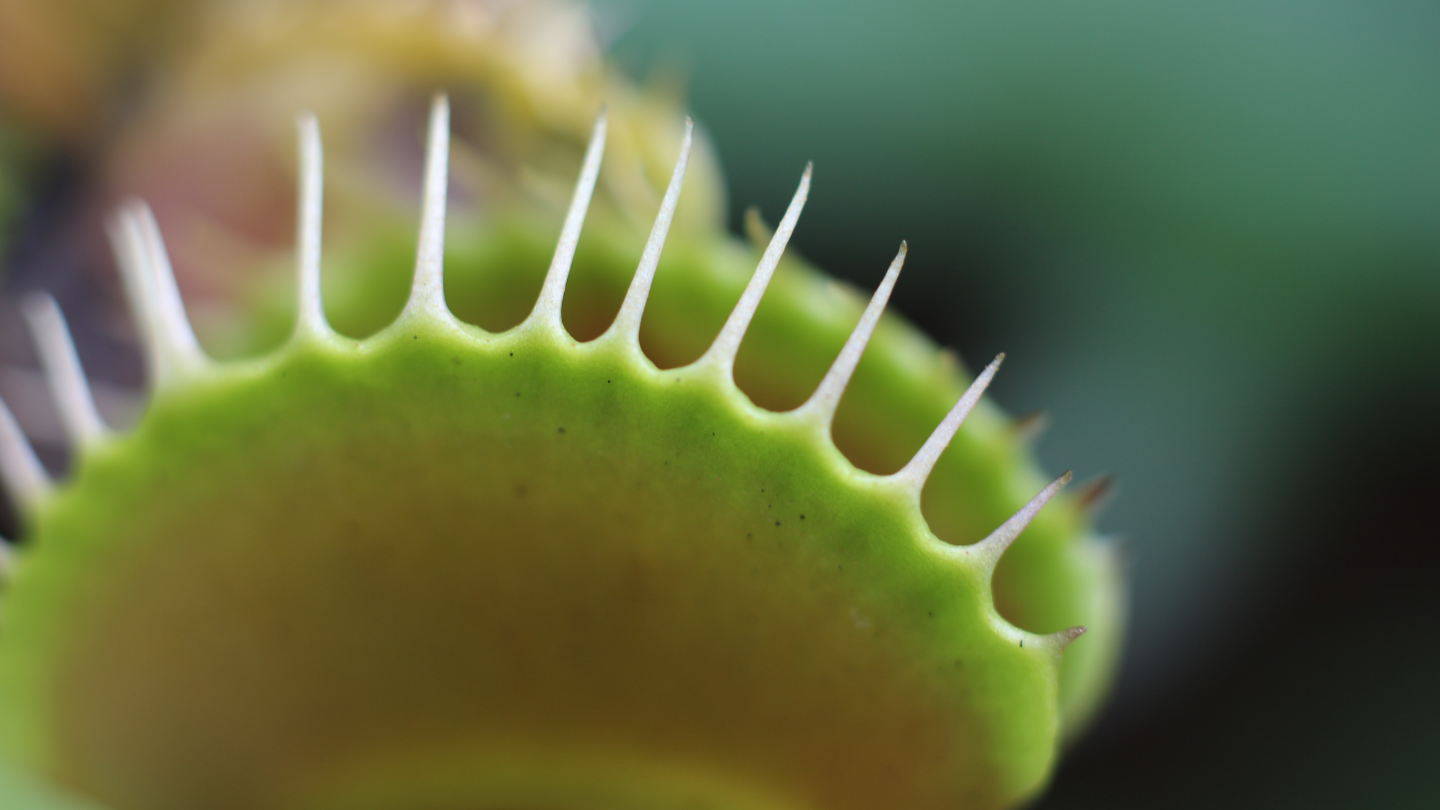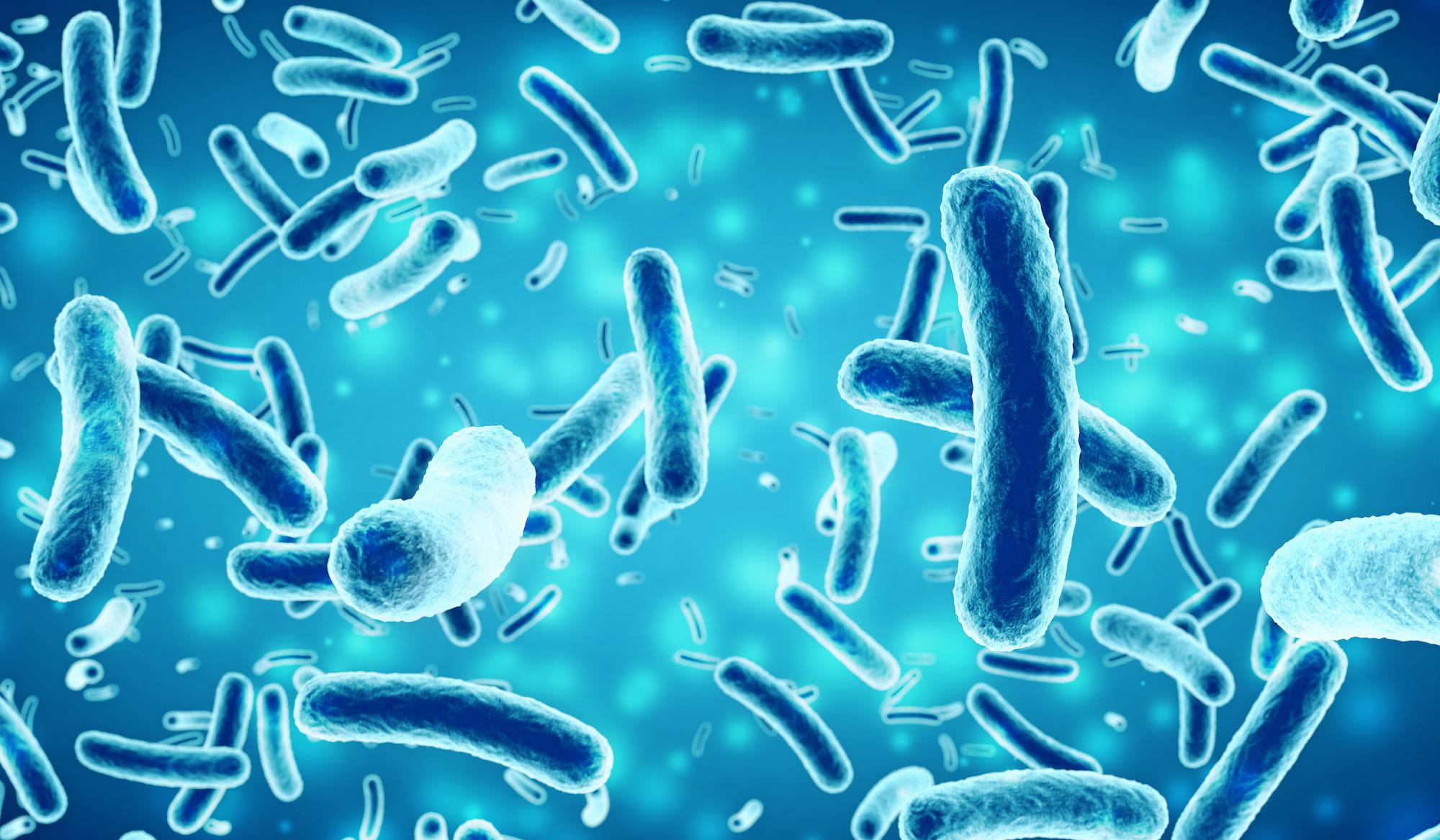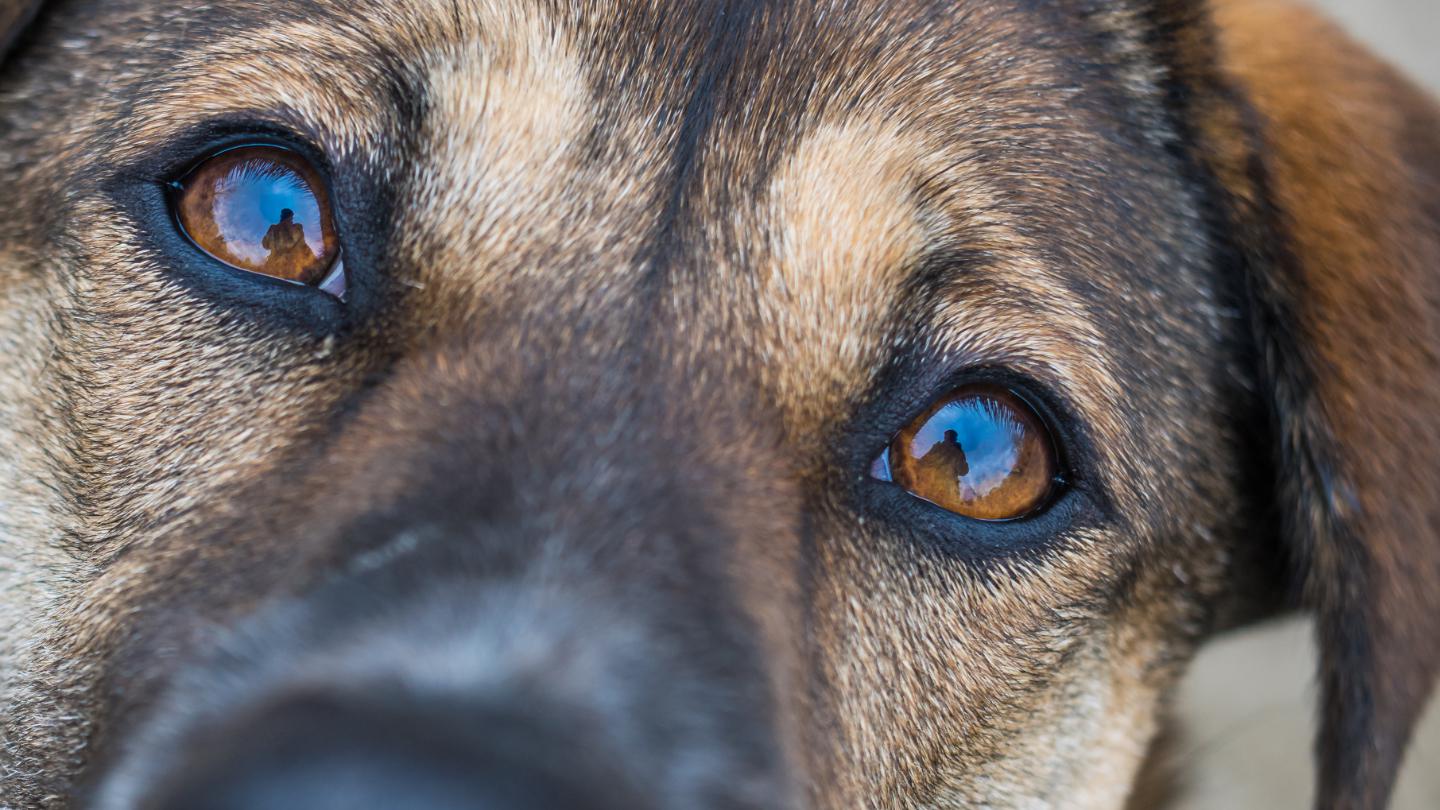Life
All Stories
Seawater is raising salt levels in coastal woodlands along the entire Atlantic Coastal Plain, from Maine to Florida.
A simple trick allowed marine biologists to prove a long-held suspicion.
Roughly the size of a thumbnail, this newly discovered toadlet has some anatomical surprises.
The size of rabbits and hares has long been evolutionarily constrained by competitors roughly their size.
A study from Carnegie Mellon University tracks the travels of tarantulas since the Cretaceous period.
A newly discovered coronavirus — but not the one that causes COVID-19 — has made some dogs very sick.
The ‘Monkeydactyl’ was a flying reptile that evolved highly specialized adaptations in the Mesozoic Era.
The lush biodiversity of South America’s rainforests is rooted in one of the most cataclysmic events that ever struck Earth.
Ultimately, this is a fight between a giant reptile and a giant primate.
Snakes and mammals share common genetic building blocks necessary for producing venom.
Biologists use commonly-found insects that engage in cannibalism to prove a key evolutionary concept.
Humans are more likely to have “first contact” with an advanced alien civilization, according to a recent NASA-funded paper.
How do you get usable phosphorus into a system? A new study suggests lightning can do the trick.
Digitized logbooks from the 1800s reveal a steep decline in strike rate for whalers.
“Don’t tread on me” is a slogan of the deep sea, too.
The bizarre discovery could pave the way for advances in regenerative medicine for humans.
If we lose our pollinators, we’ll soon lose everything else.
The famous cognition test was reworked for cuttlefish. They did better than expected.
The study suggests scientists are underestimating the number of animal species that could generate the next novel coronavirus.
The organisms were anchored to a boulder 900 meters beneath the ice, living a cold, dark existence miles away from the open ocean.
They did really well considering joysticks are not designed for oral use.
While other factors exist, sexual prowess appears to have helped determine the role of Protoceratops frills.
It’s like a little magnetic “nom, nom.”
Imagine poisoning your rival and yourself and giving only yourself the antidote.
For the first time, it was discovered that nonphotosynthetic bacteria have a circadian clock.
Darwin was right again—sort of.
Previous research suggesting it’s all about prolactin may be missing the mark.
Scientists find a new species of flower in a remote part of Hawaii.
A study explores how your dog does when you’re not home.
